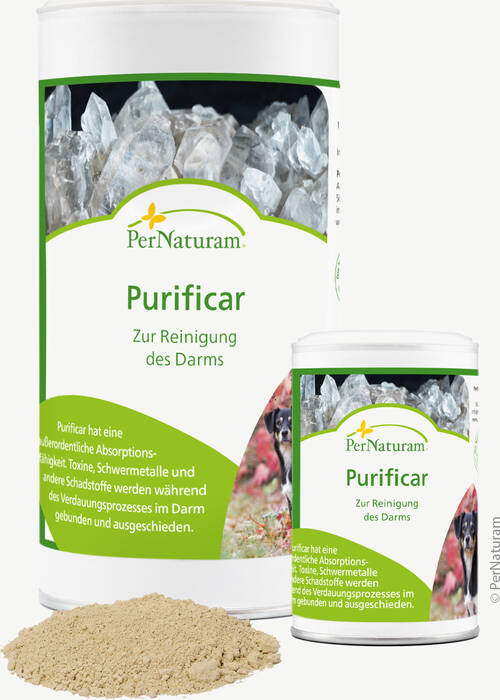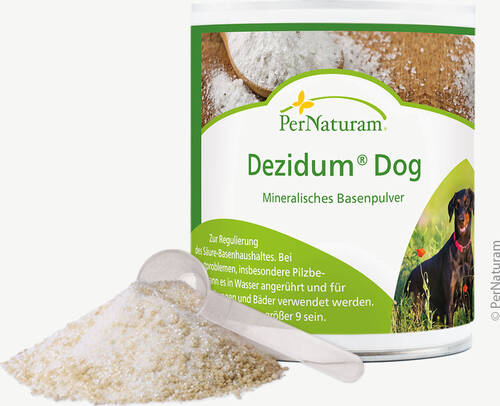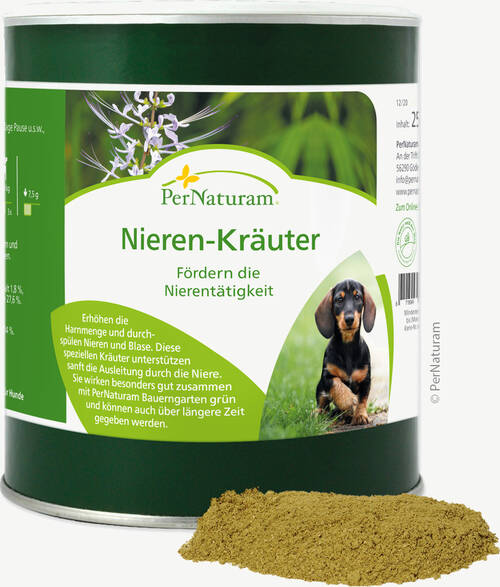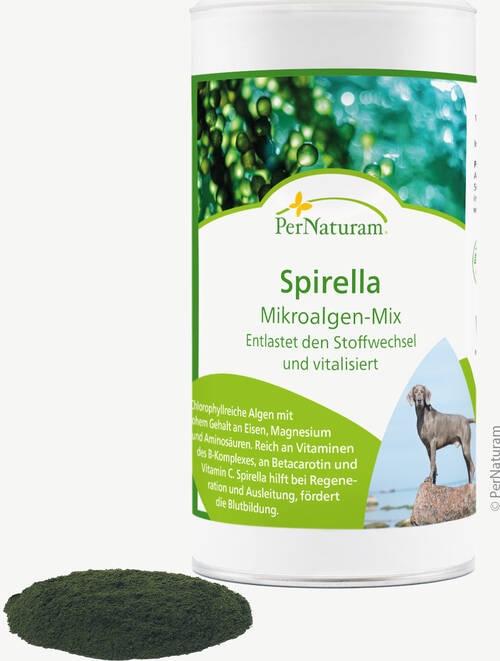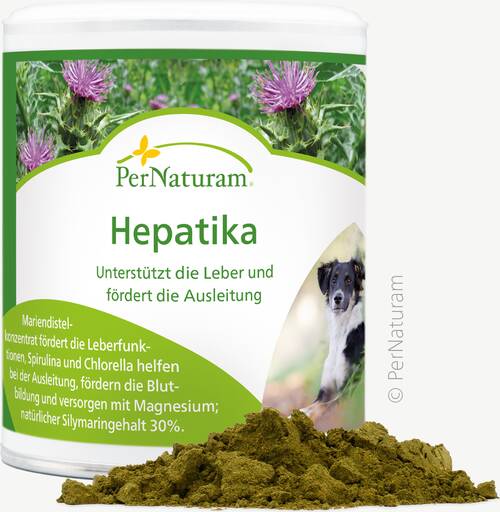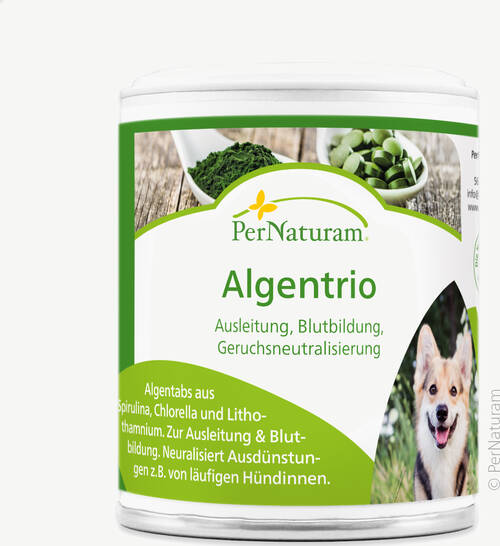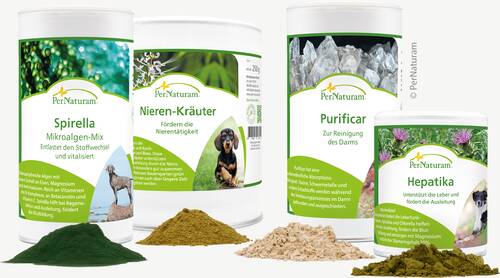We have already written about the various elimination organs and their importance. In summary, everything that enters the body has to leave it again. Some substances very quickly, others remain for a long time, are installed, but eventually replaced.
So it stays the same: Everything that comes in has to come out again. The body has its ways and means of doing this cleaning process very efficiently. First and foremost the liver, whose task is, among other things, to break down substances, make them non-toxic and return usable substances to the circulation. The liver and kidneys cannot do their job properly if the metabolism is restricted and the organism is overly acidic. Normally and with a balanced diet, there is an acid-base balance in a healthy body. But the conditions are no longer right. Most animals are acidic due to their feeding and many medications. How do you recognize that? Measuring the pH value in the blood makes little sense, because the pH value of the blood always fluctuates around 7.4 and only deviates from it by a hundredth. Deviations beyond this are life-threatening and fatal.
Therefore, the body does everything it can to maintain this relative balance (pH 7.4) in the flowing blood. Since in the vast majority of cases there is an excess of acids, they are stored or temporarily stored in the connective tissue, in tendons and ligaments and also, particularly fatally, in the intercellular fluid until they are discharged later. The body's buffering capacity for maintaining the pH value in the blood when absorbing acids is considerable, otherwise the pH value would have to drop rapidly with every meal with acidic components, which would lead to instant death. Bases serve to neutralize metabolic acids and promote or guarantee the functions of the basophilic organs such as the salivary glands, pancreas, liver, Brunner's glands and the 12-finger intestine



























